Invitation to New Path Forward for the Columbia River Basin
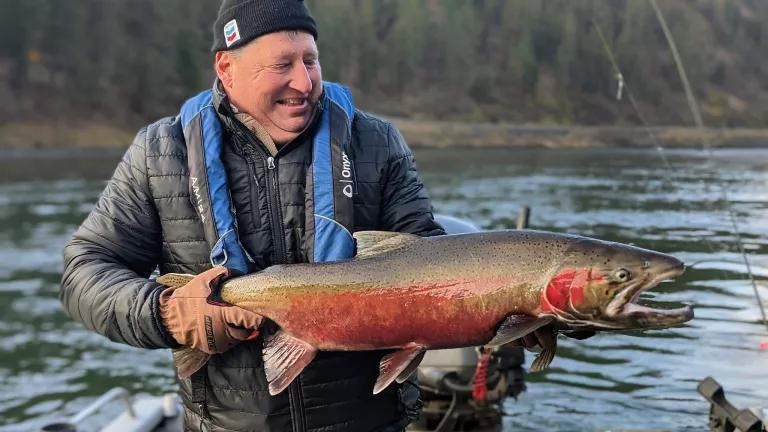
Congressman Mike Simpson (R-Idaho) recently unveiled a proposed $33 billion Columbia Basin Fund that would, among other aims, safeguard salmon and clean energy, restore the lower Snake River, increase the states’ and Columbia Basin tribes’ resource management authority, and support the infrastructure and economic needs of rural working communities. We’re still studying the details, but it’s clear that everyone gets and everyone gives in the stouthearted proposal.
Salmon and hydropower built the Pacific Northwest. But balancing salmon and dams has had the region stuck in a costly litigation logjam for nearly three decades. (You can read the latest 72-page complaint here.) Congressman Simpson boldly moved the conversation out of the courtroom. He’s not alone in recognizing the urgency of the problem.
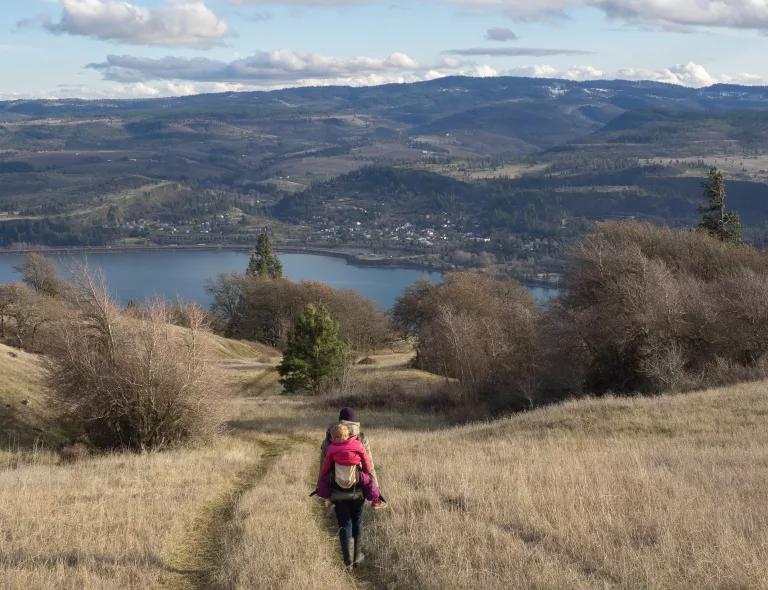
This past fall, the governors of Oregon, Washington, Idaho, and Montana announced a four-state agreement to rebuild Columbia Basin salmon and a collaborative process that has NRDC’s support. That’s because as the litigators tread water, stuck in an unending cycle of recalcitrant federal do-overs, the world’s greatest salmon-producing river system is dying.
Salmon stich the mountains to the ocean, a natural conveyor belt for nutrients. Almost every species out here depends in some way on the fish: trees on the banks of salmon rivers grow three times faster than trees without salmon. Taking salmon out of the Northwest ecosystem is like pulling the threads out of your parachute. Expect a crash.
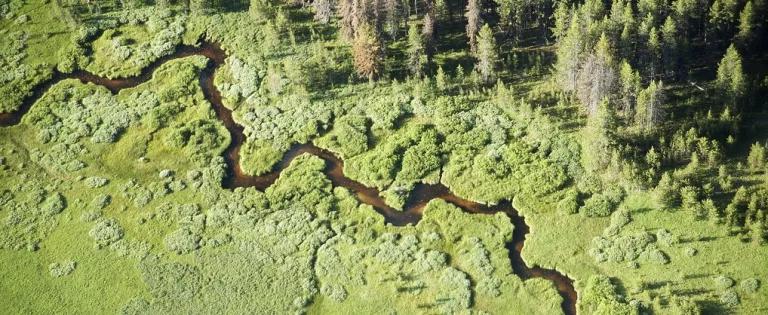
Salmon are also essential to the health, economy, and identity of the region’s indigenous people. Dr. Sammy Matsaw, a fisheries biologist and member of the Shoshone-Bannock Tribes explained, “it’s not just a fish. There’s a whole people and culture that can be lost.” The Yakama Nation, Confederated Tribes of the Umatilla Indian Reservation and Nez Perce Tribe have each released announcements of support for the Columbia Basin Fund initiative.
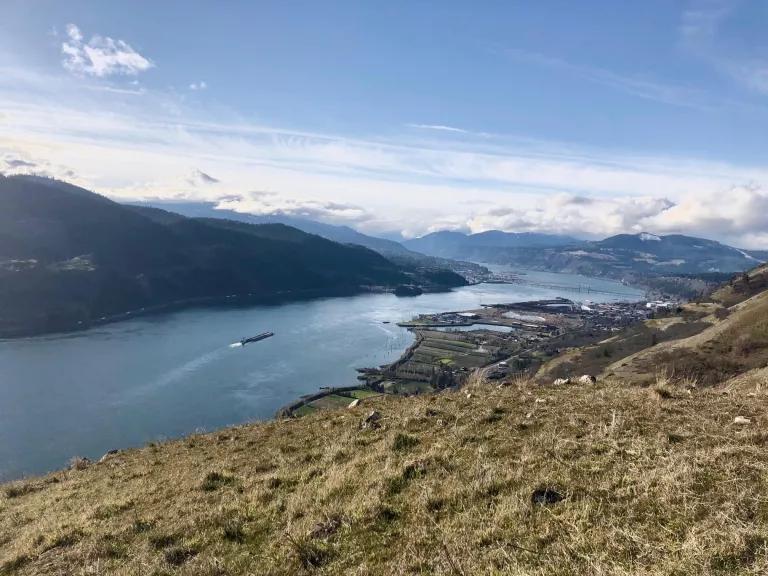
The proposal recognizes the serious benefits of the river system in its current configuration. Congressman Simpson and his staff held over 300 meetings, and they know firsthand that there are smart dedicated people on all sides of the issue. (Check out his video.) Hydropower is an important low carbon energy resource, and it plays an increasingly critical role because of its storage capacity, flexibility, and help integrating variable solar and wind power into the electric grid. In addition to clean power, the basin’s dams also provide irrigation and an affordable river transportation system.
The Idaho maverick nonetheless proposes that the region remove four dams on the Columbia’s largest tributary, the Snake River, by 2031. This is an action that NRDC supports.
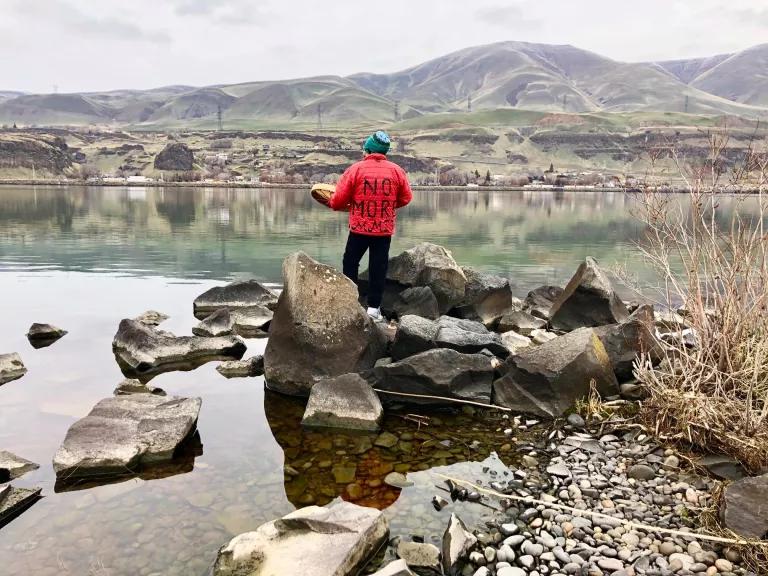
Not all hydropower is equal. The lower Snake River dams have adverse environmental impacts that cannot be addressed. Before they were built, a 1950 government report warned: “The lower Snake River dams collectively present the greatest threat to the maintenance of the Columbia River salmon population of any project heretofore constructed or authorized in the basin.” That threat has been realized. Today, less than 1 percent of Snake River spring Chinook return.
Climate change has only ratcheted up the pressure on salmon and the Northwest’s hydropower system. Under the Northwest Power Act of 1980, the Bonneville Power Administration is charged with the dual responsibilities of supplying adequate, economical, and reliable power while also safeguarding fish and wildlife affected by its dams. During times of low flow or drought and under competitive pressure, Bonneville’s dual-headed mission—to provide power and protect fish—can inherently conflict.
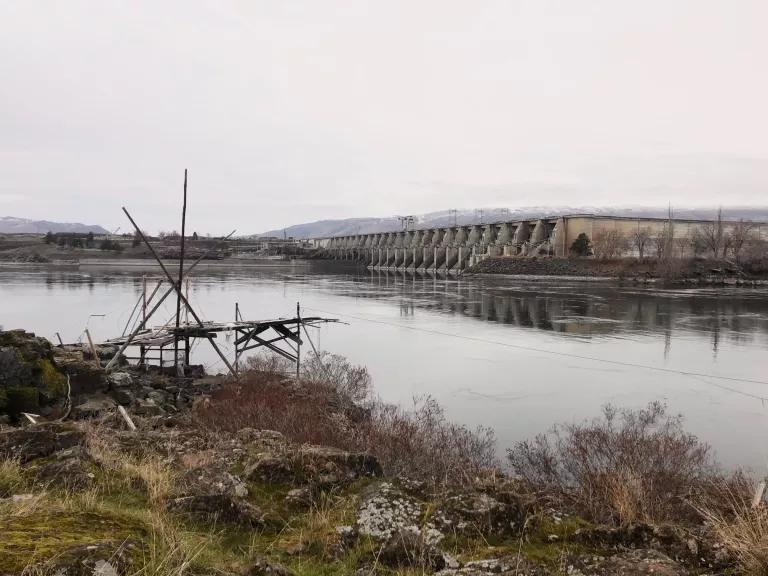
Congressman Simpson proposes a more regional approach, shifting responsibility for fish away from Bonneville and to the states and tribes. He would also put a cap on the total fish and wildlife costs, providing both Bonneville customers and the region’s fisheries programs more certainty.
Taking out functioning hydroelectric dams is a heavy lift. But we don’t have to choose between meeting climate goals and species extinction, if we plan for replacement with clean energy—something NRDC is committed to and has experience with. There are numerous examples across the West of environmentally harmful energy resources (of greater and smaller size) being successfully phased out with clean alternatives. The retirement of California’s Diablo Canyon Nuclear Plant, the closure of Oregon’s Boardman Coal Plant and Montana’s Colstrip Units 1 and 2, and the New Mexico Energy Transition Act each provide inspiration. Coal and hydropower retirements admittedly create different challenges in the broader context of affordable decarbonization, but the advent of newly cost-competitive wind, solar and storage technologies as replacements for older endeavors like these dams has enlarged the window of opportunity.
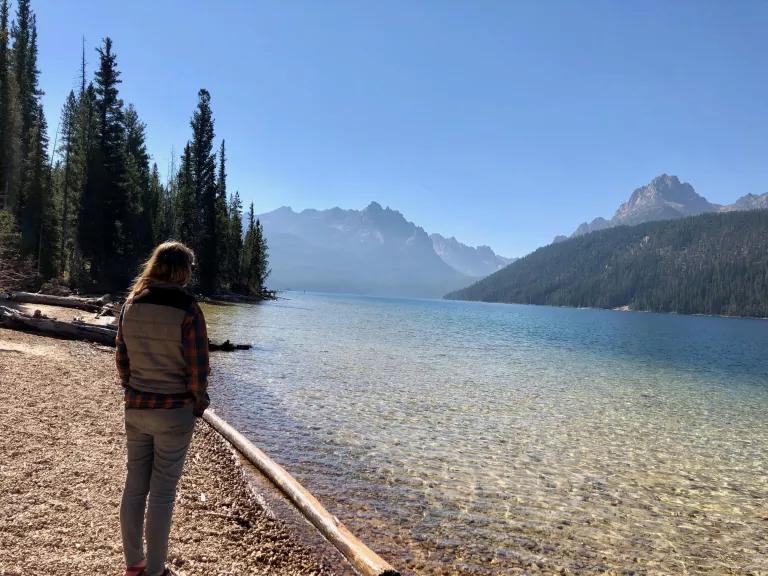
We are still studying the details, and there are undoubtedly elements of the plan that demand closer examination, including a proposed multi-decade litigation and licensing safe harbor for other Columbia Basin dams. At this time, we are encouraged to see so many leaning in, expect the proposal to evolve, and share in the hope for a collaborative solution developed in the Northwest. (To ask your congressional representatives to get engaged, you can take action here.) We look forward to working with the entire Northwest delegation, the four states, the region’s tribes, wheat farmers, utilities, fishermen, ports and all impacted stakeholders in the weeks ahead.
The future of the Columbia Basin—and all that depends on these rivers, salmon and dams—deserves consideration and planning in an open basin-wide dialog. Will we meet the challenge to craft a solution built in the mighty Northwest?

